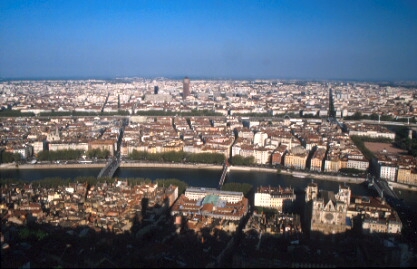Breaking News
Deadline for sending your contribution for the Proceedings is October 15!!.
Motivation
Chemodynamical evolutionary models were invented to provide a global dynamical description of the interplay between the major physical components of galaxies: in a gravitational potential essentially dominated by dark matter, stars structure the multi-phase ISM through radiation, winds and supernovae and enrich it in heavy elements. From a cosmological perspective, these models should begin with the formation of the first structures. Heavy elements formed by the very first generation of stars pollute the early IGM, thus allowing for more efficient radiative cooling during the formation of the next astrophysical objects: galaxies are born.
Chemodynamical models yield quantitative predictions for the observable consequences of the violent physical mechanisms that occur within galaxies. Perhaps the most remarkable one is that the ISM self-regulates which implies that the star formation rate in galaxies is ultimately controlled by feedback processes. In other words, they argue that observations over a wide range of wave- lengths should be linked: X-ray emission of the relatively low density supernova heated gas that permeates the entire ISM, impacts on the far infrared cooling emission lines present in the densest molecular cores.
Forthcoming instruments such as MUSE, JWST, ALMA and SKA will shed light on the high redshift Universe population of proto-galaxies whereas XMM, Chandra, GALEX and Spitzer are now probing galaxies panchromatically at lower redshifts. On the other hand, current computational power allows us to numerically explore the first ages of structure formation. It also makes it possible to follow in greater detail the chemodynamics of individual objects. As a consequence, we now feel that we lie at a crossroad between two epochs, and the time has come to review where chemodynamical models stand.
The Conference
"CRAL" stands for "Centre de Recherche Astrophysique de Lyon" (Lyon Research Center for Astrophysics). The CRAL gathers expertise in many fields of astrophysics and instrumentation (cosmology, nearby galaxies, stellar interiors, compact objects, extrasolar planets, 3D spectroscopy, adaptive optics). This international Conference is the first event in the CRAL-Conference Series which will take place every two years in Lyon, France. We expect about 150 participants.


